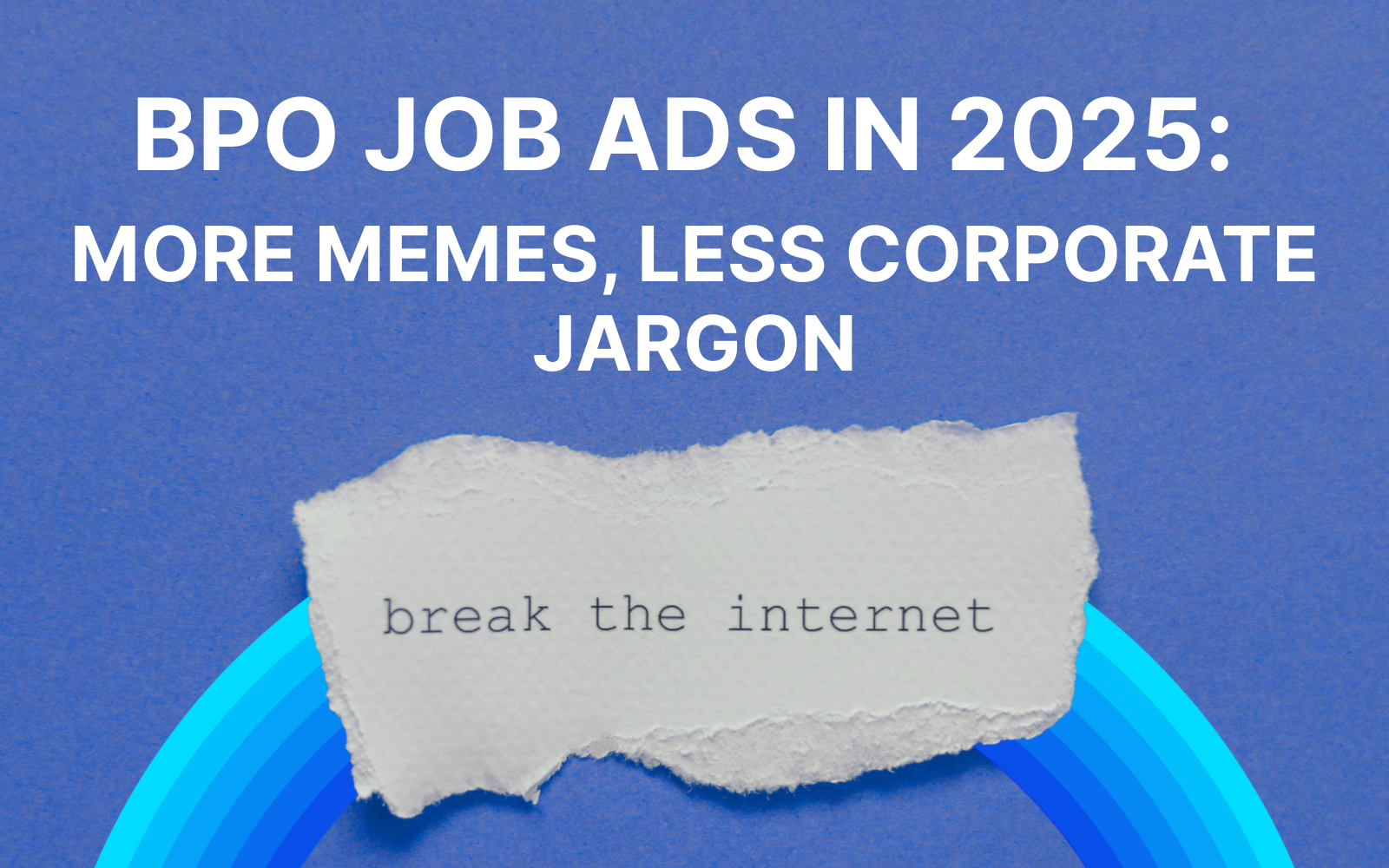

If your job post still reads like a policy memo, you’re getting buried under a thousand other listings. It’s 2025. Candidates scan, not study. If you want them to stop scrolling, your ad needs to feel human, a little witty, and very clear about what’s in it for them. That’s the heart of today’s job posting tips for BPO: fewer buzzwords, more benefits, and just enough meme-level relatability to feel alive.
Quick Yobi story: I once rewrote a “competitive salary, dynamic environment” post (yawn) into a benefits-first ad with a cheeky one-liner and a clean bulleted list. The recruiter messaged me a day later: “What did you change?” It wasn’t magic—it was modern copy that respected the reader’s time. Let’s build yours like that.
Memes work because they compress truth into something instantly recognizable. They disarm skepticism and signal, “We get your world.” Applicants today—especially Gen Z and soon Gen Alpha—expect ads that sound like people, not procurement. That doesn’t mean unprofessional. It means plain English, a confident voice, and cultural fluency.
Corporate jargon, on the other hand, creates distance. “Synergize,” “dynamic,” “results-oriented”—these don’t help someone decide if they’ll enjoy the work or afford their rent. BPO hiring trends in 2025 reward clarity, authenticity, and speed to value.
Helpful context you can share with your team:
Related reads for your playbook:
Everyone’s hiring CSRs. Your headline should sell the reason to click, not just the role. This is core to how to write job ads that convert.
Examples you can test:
Pair these with live searches so your ad flow is one tap away:
Your candidates are scanning on mobile, probably between errands, maybe after a rough shift. Respect that reality.
A simple, high-performing ad structure:
This isn’t just copywriting flair; it’s one of the most practical recruitment strategies you can standardize across teams.
SEO still matters. The trick is to weave terms naturally:
A little Taglish can lower the guard: “Yes, may HMO na Day 1—huwag mo na i-DIY ang health mo.” After the hook, switch to specifics. Humor creates attention; details create trust.
Guardrails I use:
Related read:
“Experience required” can scare off great starters. If you’re open to trainable talent, say it clearly and design the ad for them.
Lines that work:
Send them to roles that truly welcome starters:
Related read:
Most applications start on mobile. Format accordingly:
If you run instant hiring events, point straight to your live funnel:
Related read:
Your first draft isn’t the campaign—it’s a hypothesis. A/B test:
Track CTR to application start, application completion, and show-up rate. Tools like Intellimatch help optimize targeting and fit over time.
Before:
“We are urgently hiring a customer service representative who is resilient and can work under pressure.”
After:
“Day 1 HMO, fixed rest days, paid training. Customer Service role with clear scripts and coach support. If you like solving problems and talking to people, we’ll train the rest. Apply today—interviews this week.”
Before:
“Must be willing to work flexible hours in a fast-paced environment.”
After:
“Fixed night shift with shuttle. Predictable schedule so you can plan your week. Night differential, coaching, and monthly incentives.”
Before:
“Competitive salary and benefits.”
After:
“Up to 25K package, Day 1 HMO, incentives, and a growth plan after training. Transparent pay—ask us on Day 1.”
The market didn’t get colder; it got noisier. The way through is not shouting louder—it’s speaking clearer. Use humor to open the door, then back it with specifics, kindness, and a real path to growth. That’s how modern recruitment strategies win. And if you need a shortcut, Jobyoda’s ecosystem—from Live Jobs to targeted searches—keeps your best-fit applicants one tap away.